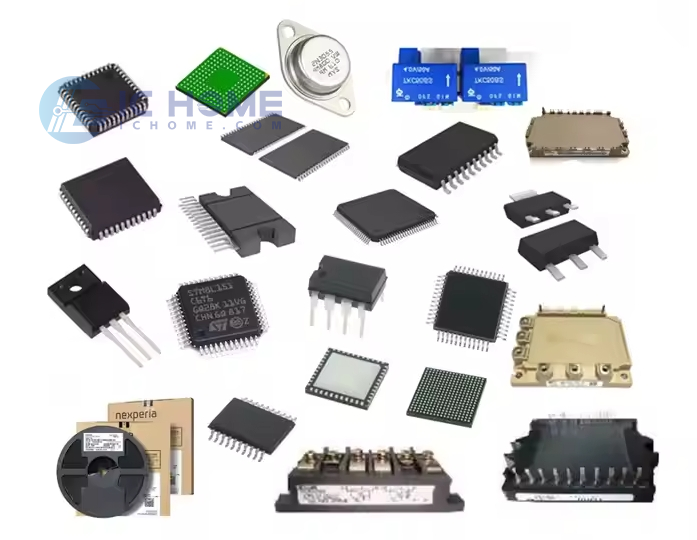Key Considerations for Alternative Electronic Components: Long-Term Stability and Reliability
When searching for alternative electronic components, evaluating their performance characteristics is essential to ensure compatibility and long-term reliability. One of the most critical factors to consider is the stability and reliability of the component over time, as these factors directly impact product lifecycle, maintenance costs, and overall functionality.

1. Material and Manufacturing Quality
The quality of raw materials and the precision of the manufacturing process play a vital role in a component's longevity. Semiconductor components, capacitors, and resistors made with high-purity materials tend to have better thermal stability and lower failure rates. Suppliers with stringent quality control and adherence to international standards (such as ISO 9001 or automotive-grade AEC-Q100) are more likely to offer reliable alternatives.
2. Environmental Resilience
Alternative components should be evaluated for their ability to withstand environmental stressors, including temperature fluctuations, humidity, and exposure to corrosive substances. For example, industrial and automotive applications often require components with extended temperature ranges (-40°C to 125°C or higher). Choosing components with proper conformal coatings and protective packaging can enhance their durability in harsh environments.
3. Electrical Performance Consistency
Ensuring that an alternative component meets the electrical specifications of the original part is crucial. Key parameters to compare include voltage ratings, current capacity, impedance, and signal integrity. Any deviation in these factors could lead to circuit instability or failures. Additionally, tolerance levels should be assessed to determine whether small variations in component performance are acceptable within the application.
4. Aging and Degradation Behavior
Electronic components degrade over time due to factors such as electrochemical migration, dielectric breakdown, and metal fatigue. Understanding how a component ages and its expected lifespan can help prevent premature failures. For example, electrolytic capacitors have finite lifespans due to electrolyte evaporation, whereas ceramic capacitors tend to offer better long-term stability.
5. Supplier Reliability and Availability
Selecting a reputable supplier with a proven track record of consistent quality is crucial. The risk of counterfeit or substandard components increases when sourcing from unknown or unauthorized suppliers. Additionally, considering the long-term availability of the alternative component ensures a stable supply chain, preventing design changes or product discontinuations due to obsolescence.
6. Testing and Validation
Before finalizing an alternative component, thorough testing should be conducted to verify its performance in real-world applications. Functional testing, accelerated aging tests, and stress testing under various operating conditions help confirm the component's reliability. Companies can also perform failure mode and effects analysis (FMEA) to predict potential weaknesses in the component.
Conclusion
Finding a suitable alternative electronic component requires careful evaluation beyond basic electrical compatibility. Prioritizing long-term stability and reliability helps ensure that the replacement component meets performance expectations while minimizing risks of failure and costly redesigns. By considering material quality, environmental resilience, electrical consistency, aging behavior, supplier reliability, and rigorous testing, procurement professionals can make informed decisions that support product longevity and operational efficiency.




